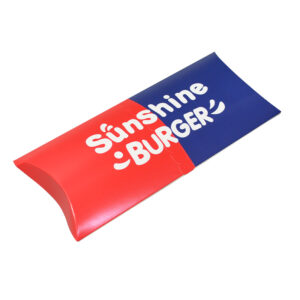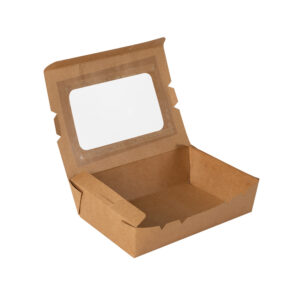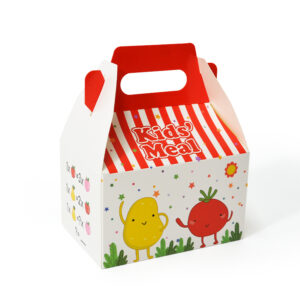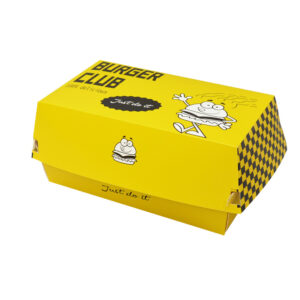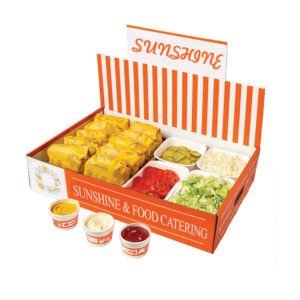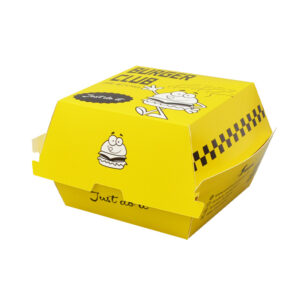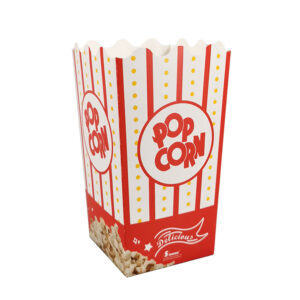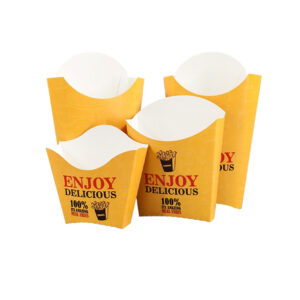Introduction
Food paper packaging has come a long way since its inception, revolutionizing the way we store, transport, and consume food. In the next half-century, this domain is poised to undergo remarkable transformations, driven by advancements in technology, environmental consciousness, and changing consumer demands.
The Current State of Food Paper Packaging
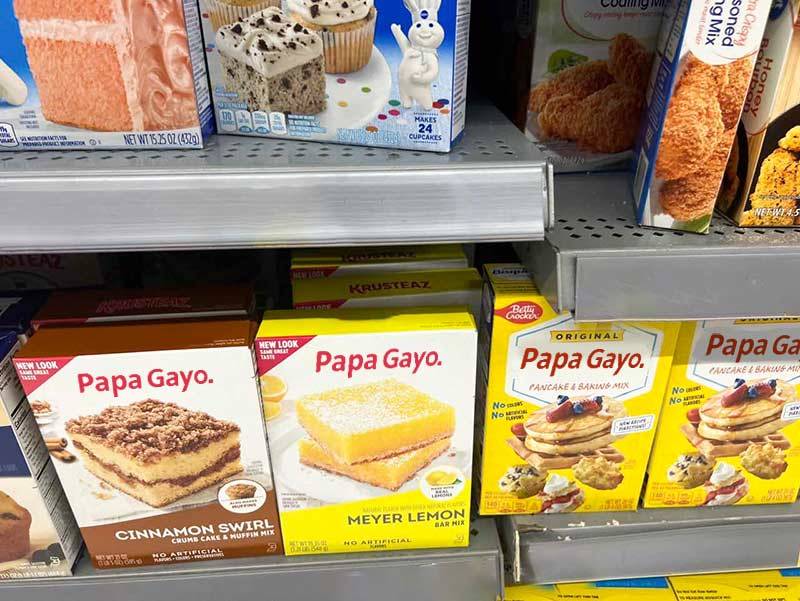
Advantages of Food Paper Packaging
Food paper packaging has gained prominence due to its eco-friendly nature, recyclability, and biodegradability. Its ability to preserve food while minimizing environmental impact makes it a preferred choice for many industries.
Limitations of Current Food Paper Packaging
However, existing food paper packaging faces challenges in terms of durability, barrier properties, and limited shelf life for certain products. These shortcomings have spurred innovations to overcome these limitations.
Emerging Trends in Food Paper Packaging
Sustainable Materials and Innovations
The future of food paper packaging lies in the development of sustainable materials like plant-based polymers, algae-based packaging, and recyclable laminates. Innovations aim to enhance durability and shelf life without compromising on environmental friendliness.
Smart Packaging Solutions
Integration of smart technologies like sensors, RFID tags, and QR codes into food paper packaging will enable real-time monitoring of food quality, freshness, and safety. This innovation ensures consumers receive fresher products while reducing food wastage.
Technological Advancements Shaping Future Packaging
Nanotechnology in Food Paper Packaging
Nanotechnology offers promising solutions to enhance the barrier properties of food paper packaging, extending the shelf life of perishable goods. Nano-coatings and films provide better protection against moisture, gases, and microbes.
Biodegradable and Edible Packaging
The future holds possibilities for biodegradable and even edible food paper packaging. Edible films made from proteins or carbohydrates could not only reduce waste but also provide additional nutrients.
| Technological Advancements | Description |
|---|---|
| Nanotechnology | Utilizes nanomaterials like nano-coatings and films to enhance barrier properties, extending shelf life and providing better protection against moisture, gases, and microbes. |
| Biodegradable and Edible Packaging | Focuses on developing packaging materials that are biodegradable or even edible, aiming to reduce waste and potentially provide additional nutrients. |
| Smart Packaging Solutions | Integrates smart technologies such as sensors, RFID tags, and QR codes into packaging to enable real-time monitoring of food quality, freshness, and safety, reducing food wastage and ensuring consumer satisfaction. |
The Environmental Impact of Future Food Paper Packaging
Reducing Waste and Carbon Footprint
Future food paper packaging aims to significantly reduce waste by utilizing biodegradable materials and optimizing packaging designs for minimal environmental impact. This shift will contribute to lowering carbon footprints across the supply chain.
Impact on Food Preservation and Safety
Innovations in packaging will prioritize maintaining food quality and safety. Improved packaging techniques will extend the shelf life of products, ensuring consumers receive fresher and safer food.
Consumer Behavior and Preferences
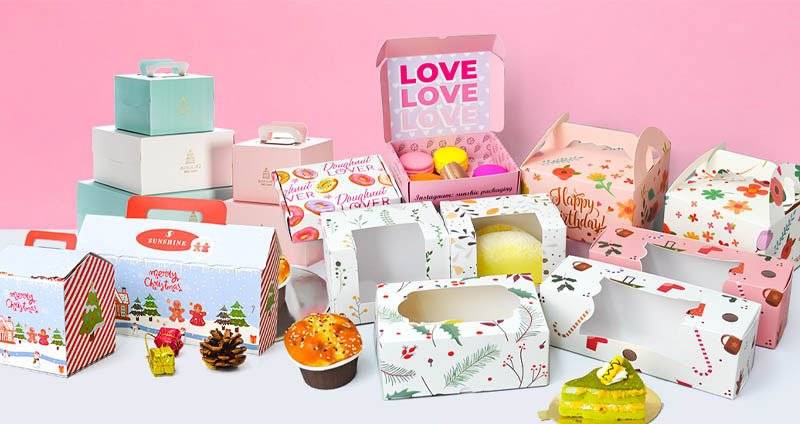
Packaging plays a pivotal role in shaping consumer perceptions and choices. Eco-friendly and visually appealing packaging designs will influence consumer preferences, fostering a more sustainable consumption pattern.
Regulatory Changes and Standards in Packaging
Government Initiatives and Regulations
Governments worldwide are enforcing stricter regulations to promote sustainable packaging practices. These initiatives encourage industries to adopt environmentally friendly packaging solutions.
Industry Adaptation and Compliance
The packaging industry is swiftly adapting to meet changing standards. Companies are investing in research and development to comply with regulations while catering to consumer demands.
Conclusion: Envisioning the Future of Food Paper Packaging
The future of food paper packaging is poised for a remarkable evolution, characterized by sustainable materials, advanced technologies, and stringent regulations. With a focus on environmental consciousness and technological innovations, the next 50 years will witness a shift towards packaging that ensures food safety, reduces waste, and aligns with consumer preferences.
FAQs
- Will edible packaging become mainstream in the future?
- Edible packaging holds promise, but widespread adoption may take time due to regulatory hurdles and consumer acceptance.
- How will smart packaging benefit consumers?
- Smart packaging will offer real-time information on food freshness and safety, empowering consumers to make informed choices.
- Are there any drawbacks to nanotechnology in packaging?
- Some concerns revolve around potential health and environmental implications, necessitating comprehensive research and testing.
- Can sustainable packaging be cost-effective for businesses?
- Initial investments might be higher, but in the long run, sustainable packaging can streamline costs and improve brand reputation.
- Will governmental regulations drive the shift towards sustainable packaging?
- Yes, stringent regulations will prompt industries to adopt more sustainable packaging practices, aligning with global environmental goals.
